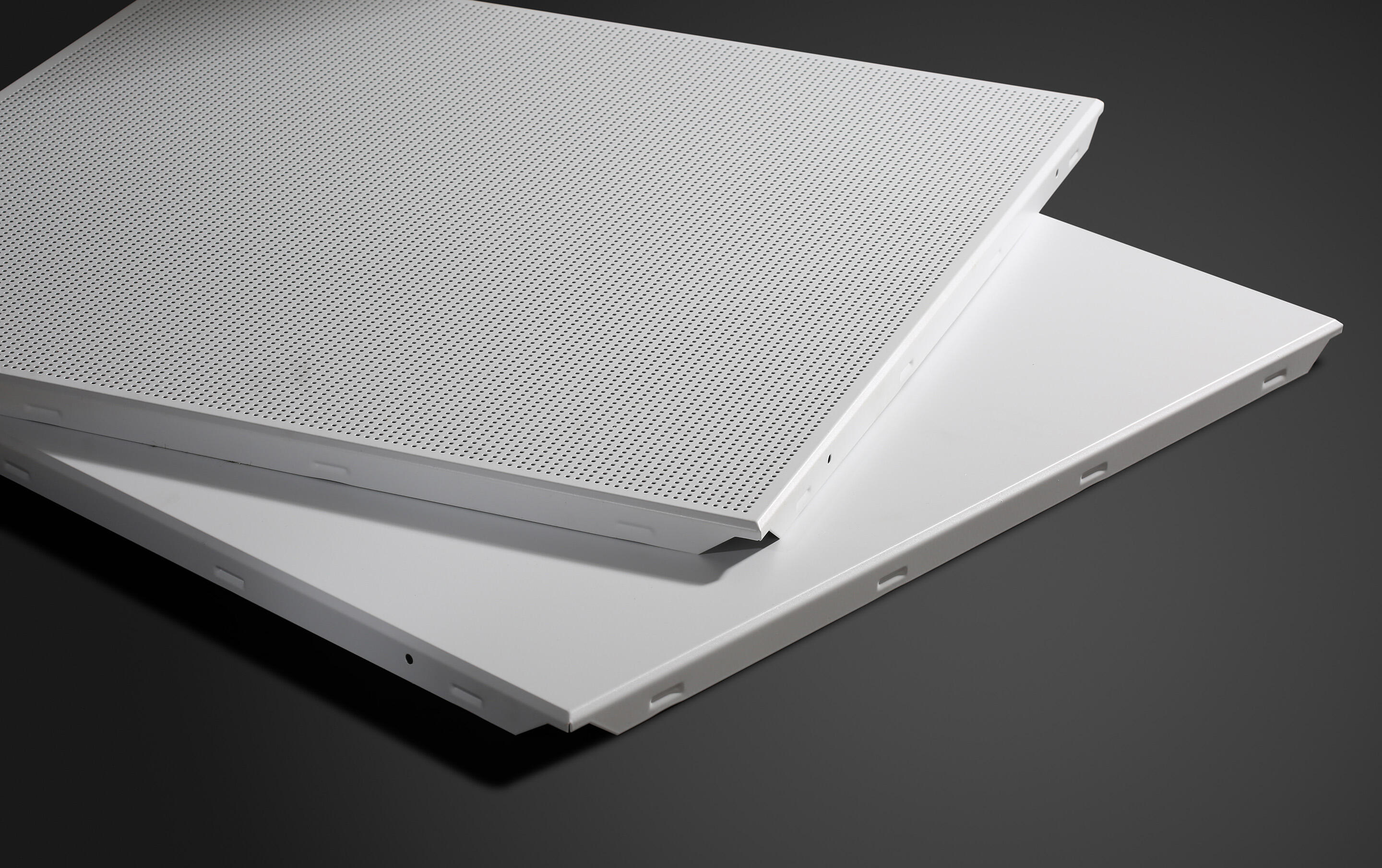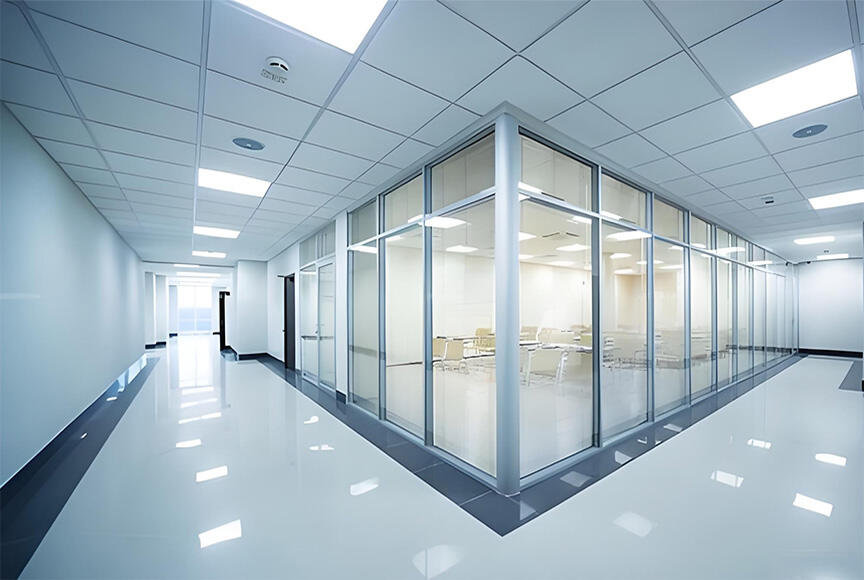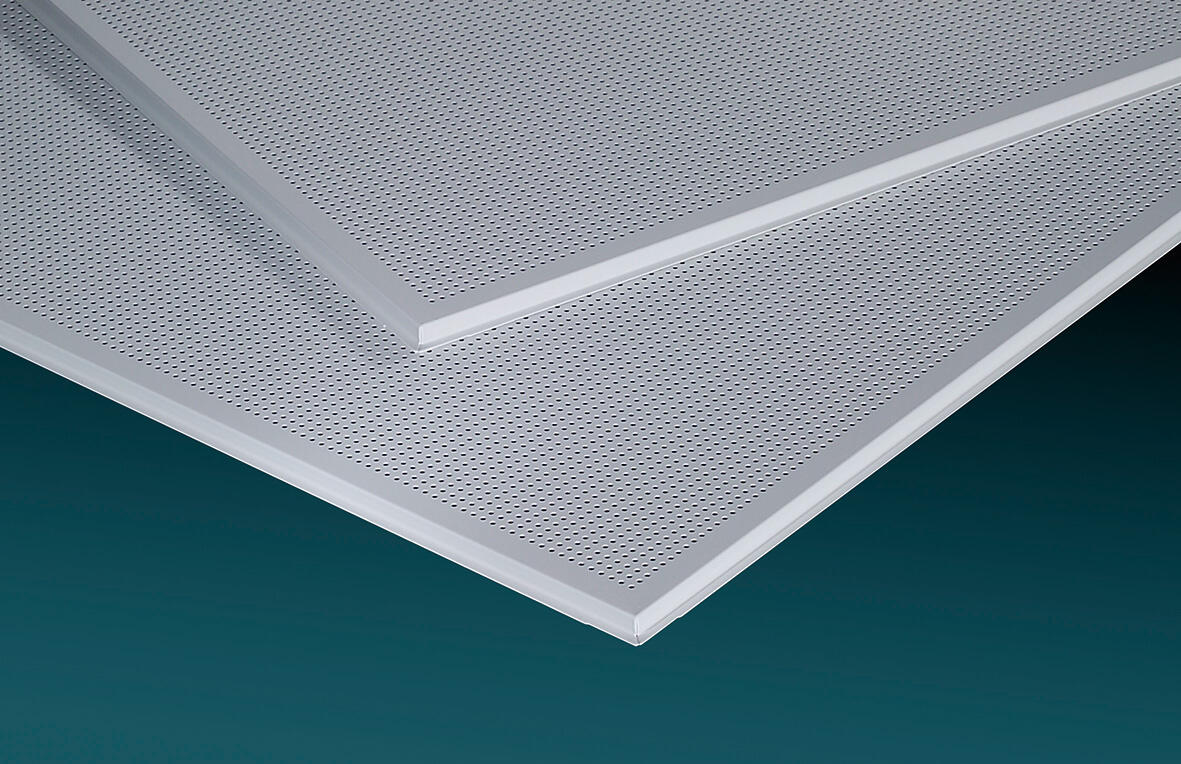perforated aluminum ceiling panels
Perforated aluminum ceiling panels represent a sophisticated architectural solution that combines aesthetic appeal with practical functionality. These panels are manufactured through precision engineering processes, featuring carefully designed perforations that serve multiple purposes. The panels are crafted from high-grade aluminum alloy, making them both lightweight and durable. The perforation patterns can be customized to create various visual effects while maintaining structural integrity. These ceiling systems offer exceptional acoustic properties, effectively managing sound reflection and absorption in interior spaces. The panels are typically finished with powder coating or anodizing treatments, ensuring long-lasting protection against corrosion and wear. They integrate seamlessly with modern lighting and HVAC systems, allowing for hidden infrastructure while maintaining accessibility for maintenance. The panels are designed to meet strict fire safety standards and can be installed in various configurations to suit different architectural requirements. Their versatility makes them ideal for both new construction and renovation projects across commercial, institutional, and public spaces.


